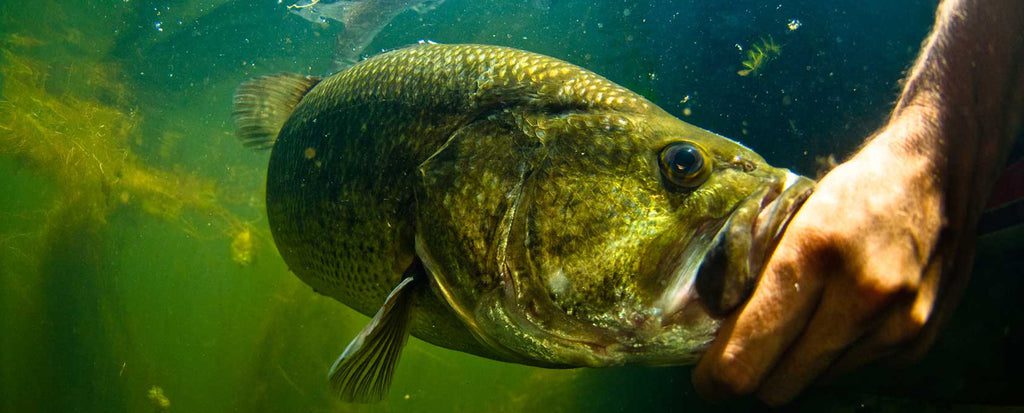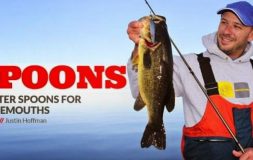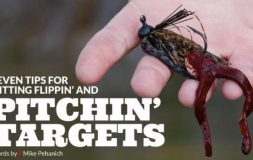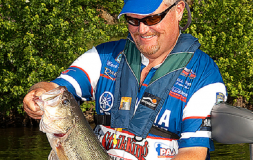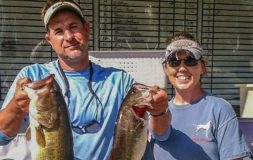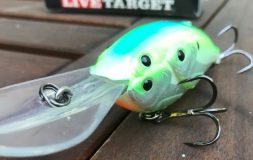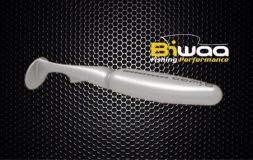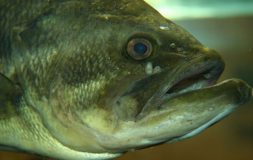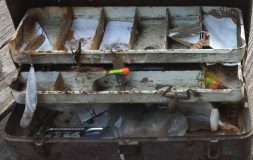5 Prespawn crankbait tips
Written by Andrew Schadegg
Covering water is one of the major keys to success in the prespawn and there is no better bait to do it with than a crankbait. There are so many crankbait varieties, with different colors, shapes and depths that it is perfect for trying to find what depth the fish are holding in.
When they come out of the winter period, bass start moving shallower and following migration patterns as the water warms up. This is a really great time to have something versatile like a crankbait tied up.
Here are 5 tips to help you fish a crankbait during this time of year:
1. Tie Up Different Depth Divers – Bass can be in many different depths this time of year. The seasonal movements of bass take place in waves where some bass might be up in 5 feet of water, while a larger school might still be out in 20 feet of water. So if possible, have a deep diving crank all the way to a squarebill tied up and everything in between. This will help you find out what depth the active fish are holding at.
2. Target Transitional Areas – Transitional areas are those spots that have significant depth change that bass use while they’re moving from one place to another. For example, during the spawning process, bass might go from a main lake point into the back of a shallow creek arm. It might take them a few weeks to migrate and they’ll stop along the way. Those little secondary points on the way into that creek arm would be considered transitional areas and are excellent to target in the prespawn.
3. Color Does Matter – Many times in the spring, bass will be feeding up on a certain type of forage. Some lakes might be full of blueback herring or gizzard shad. In the west, maybe it’s trout or hitch. A really important and pretty universal forage for bass this time of year is crawfish. Figure out what they’re targeting and “match the hatch” by using a crankbait that’s similar.
4. Fish All Water Columns – With most deep, mid-depth and squarebill type crankbaits, you’re going to want to keep them on the bottom. Diving baits traditionally are most effective when they’re banging off rocks or stumps or really digging into the gravel or mud. However, sometimes they want something more in the middle or top of the water column, so give a jerkbait a try. Jerkbaits are very effective in the spring, particularly when bass are aggressively feeding closer to the surface.
5. Put Down the Crankbait – Weird tip when you’re talking about fishing crankbaits, right? Well, sometimes fish get acclimated to certain baits and crankbaits are a key culprit. If you find a school of fish and you catch a handful in one area and then they stop biting, it doesn’t mean the fish are gone. It means they got used to your crank going by their face and they’re not going to fall for it again. Try switching it up with a small swimbait or a finesse option. Mix it up. Many times you can catch a lot more than you think.
Let’s be honest, crankbaits are effective year round. Literally, you could have one tied up 365 days a year. The difference in the spring is that you should have multiple crankbaits tied up.


